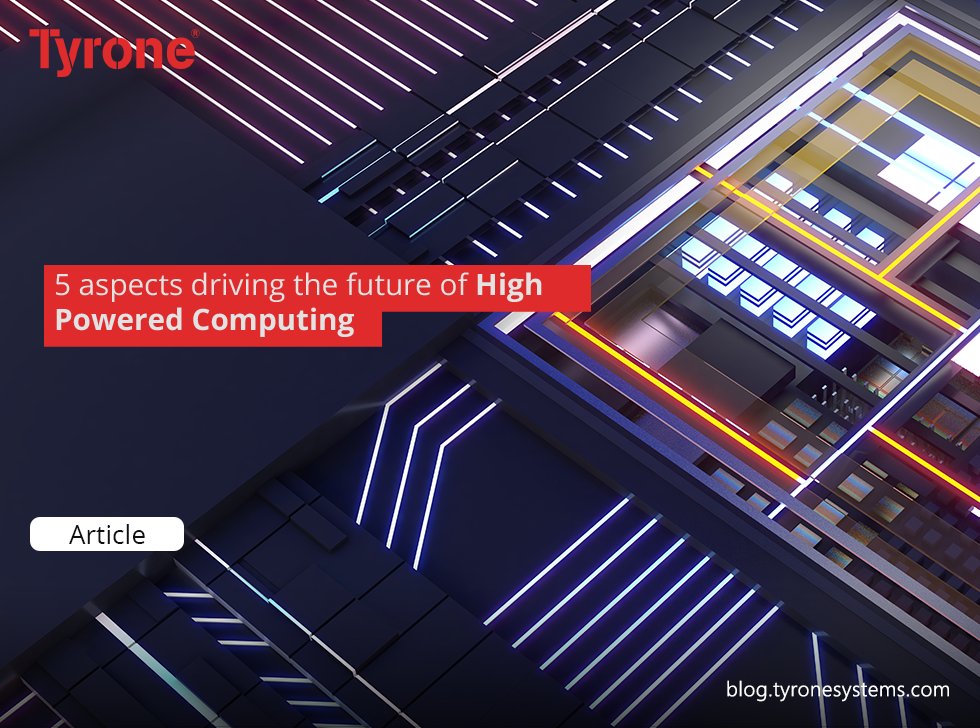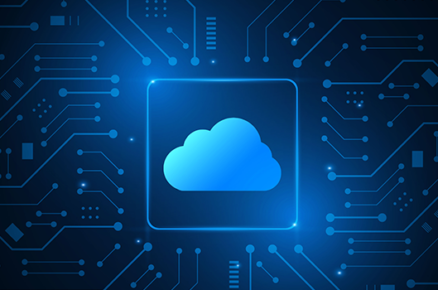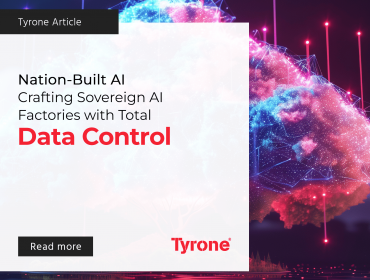Since the debut of the CDC 6600, the world’s first supercomputer, in 1964, high-performance computing (HPC) has grown exponentially. Since then, the amount of data generated around the globe has increased. Therefore, the necessity for HPC to be able to handle data more quickly and effectively has become critical.
Because of the need to process data more effectively, HPC inventors and designers have had to think outside the box regarding how data is processed, where it is processed, and what information is handled.
With cloud computing now firmly established, the floodgates to a brand-new world of supercomputing innovation and experimentation have opened. Here are the top 5 aspects driving the future of HPC.
HPC Will Benefit From Artificial Intelligence.
Discussing current HPC advancements without including artificial intelligence (AI) would not be easy. With the development of the internet of things (IoT), 5G, and other data-driven technologies in the last five years, the quantity of data accessible for significant, life-changing AI has expanded sufficiently for AI to influence high-performance computing and vice versa.
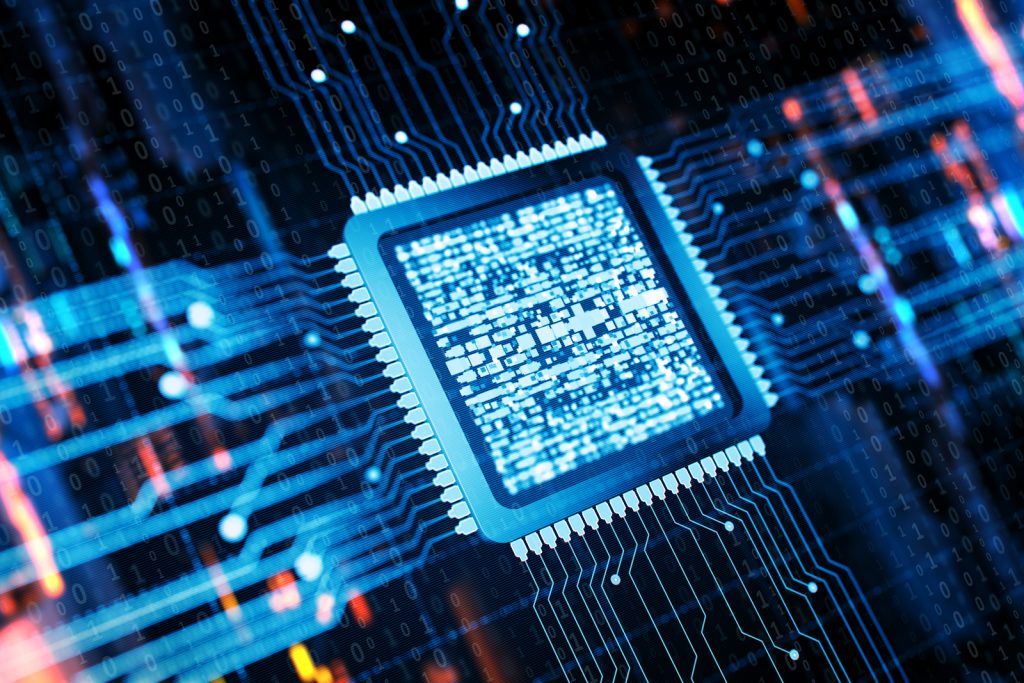
High-performance computers are required to run AI workloads, but AI is increasingly being utilized to improve HPC data centers. For example, AI can monitor total system health, including storage, servers, and networking equipment, assuring proper configuration and forecasting equipment breakdowns. Companies may also utilize AI to optimize heating and cooling systems to minimize power usage and enhance efficiency.
AI is particularly vital for HPC system security since it may be used to scan incoming and outgoing data for malware. Data may also be protected using behavioral analytics and anomaly detection.
Edge computing will increase both value and speed.
Companies might build their high-performance computing data centers on-premises, in the cloud, at the “edge,” or in a hybrid. However, because of the quicker response times and bandwidth savings dispersed (edge) installations provide, many enterprises opt for them.
Centralized data centers are just too sluggish for current applications, which need data computation and storage near the application or device as feasible to achieve increasingly strict, 5G-enabled latency SLAs.
Of course, speed is essential to high-performance computing since the quicker HPCs can calculate data, the more they can compute and the more complicated problems they can answer. High-performance computers will become more powerful and lucrative as edge computing becomes more prevalent.
HPC will become more widely available as a service.
The cloud’s arrival ushered in an as-a-service revolution, and high-performance computing is now joining the fray. Many companies have shifted from selling HPC hardware to offering HPC as a service (HPCaaS). This enables businesses who lack the in-house knowledge, resources, or equipment to build their own HPC platform to benefit from HPC via the cloud.
Many major cloud providers now provide HPCaaS. The advantages of HPCaaS include simplicity of setup, scalability, and cost predictability.

GPU computing will become more popular.
Initially created for gaming, graphic processing units (GPUs) have grown into one of the essential forms of computing technology. A GPU is a specialized processing unit that can handle large amounts of data simultaneously, making GPUs ideal for machine learning, video editing, and gaming applications.
Weather forecasting, data mining, and other processes that demand this speed and volume of data calculation are among the applications that employ GPUs for HPC.
GPUs are often confused with central processing units (CPUs) and tensor processing units (TCUs). A CPU is a general-purpose processor that controls all of a computer’s logic, computations, and I/O. A TCU is a custom-built application-specific processor developed by Google to speed up machine learning workloads. A GPU, on the other hand, is a separate processor that is used to improve the graphical interface and handle high-end operations.
A critical investment will be in modern data storage.
Computing, networking, and storage are the three main components of a high-performance computing system. Because storage is one of the most significant components, having a robust, current data storage solution is critical if you use or plan to utilize HPC.
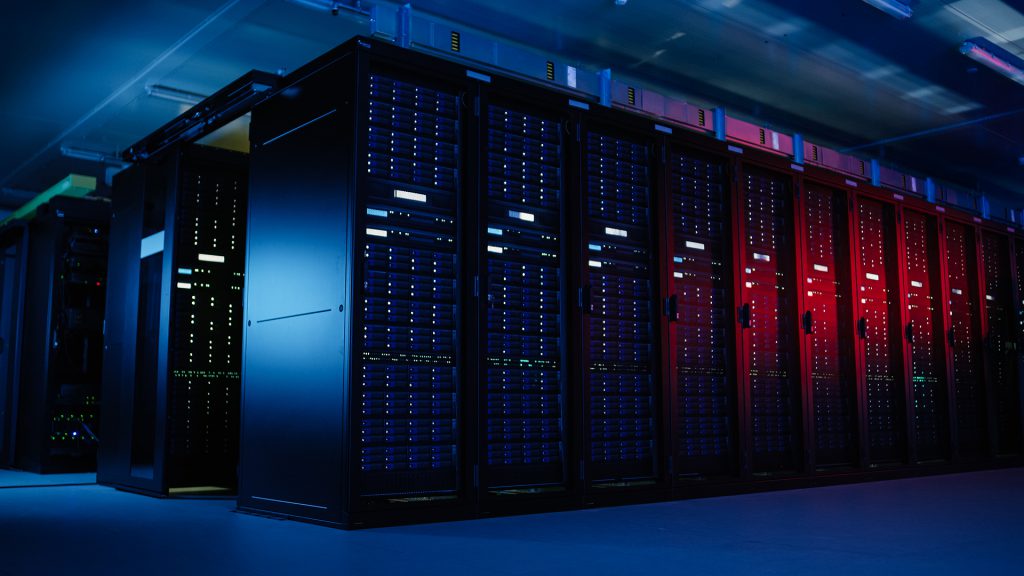
To support the massive amounts of data required in high-performance computing, the data storage system of the HPC system should be able to:
- Allow data from any node to be accessed at any time.
- Handle data requests of any magnitude.
- Sustain performance-oriented practices.
- Scale quickly to meet more stringent latency SLAs.
You should select a data storage solution that will maintain your HPC system future-proof.


